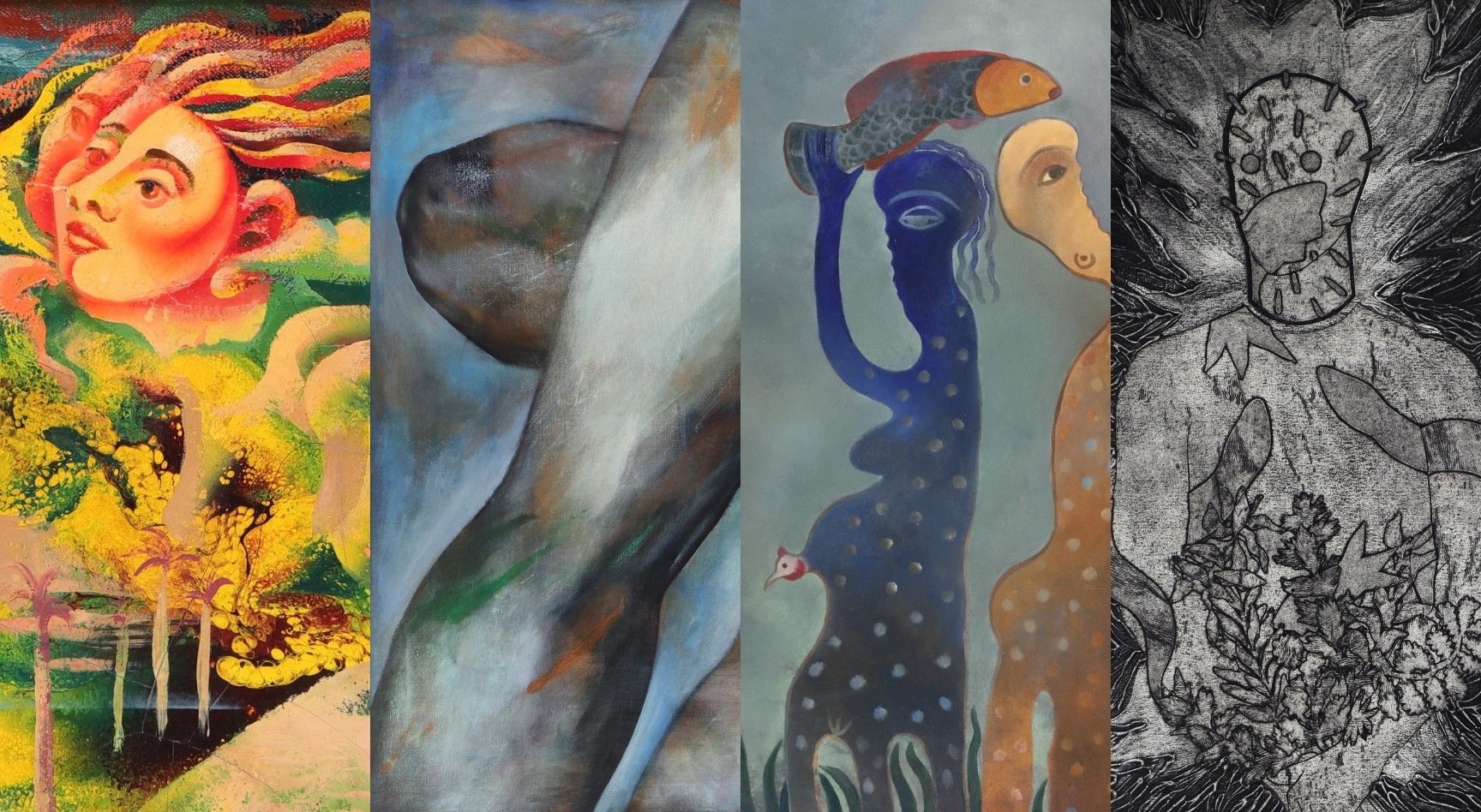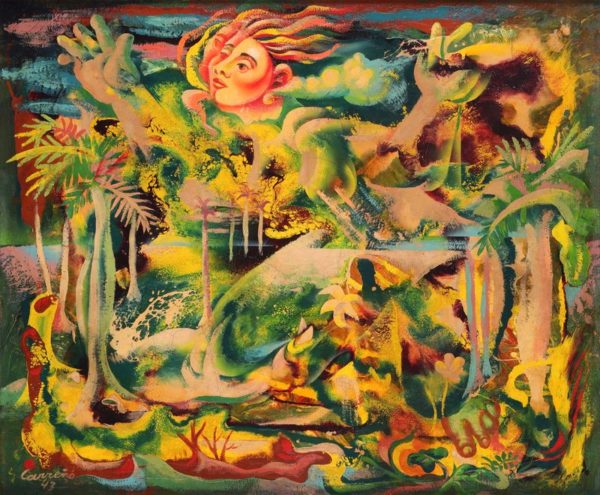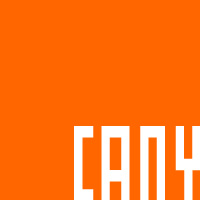
Cuban art is a rich tapestry woven with threads of cultural identity, political expression, and social commentary. The exhibition “Eight Decades of Cuban Figuration and Neo-Figuration,” curated by Dennys Matos, offers a comprehensive review of over eighty years of Cuban figurative and neo-figurative art. Featuring the works of twenty artists from diverse generations, this exhibition spans from the late 1940s to the present day, showcasing the evolution of Cuban art through emblematic paintings and sculptures.
The journey begins with early avant-garde figures such as Wifredo Lam, Amelia Peláez, Mario Carreño, and Rita Longa. These artists, active in the late 1940s, played a crucial role in defining Cuban cultural identity in the postcolonial era. Their work is characterized by a blend of rural and urban landscapes, flora, and fauna, combining elements of both cultured and popular art. This period marked a sociocultural development project aimed at representing the complexities of the Cuban national state.
Wifredo Lam, with his unique style that fused Afro-Cuban imagery with surrealism, is a standout figure. His work, deeply rooted in his mixed heritage, reflects the multicultural identity of Cuba. Amelia Peláez’s vibrant colors and intricate designs draw inspiration from colonial architecture and folk art, while Mario Carreño’s bold compositions often depict Cuban life and landscapes.
The Cuban Revolution of 1959 brought a radical shift in cultural values, influencing the art scene significantly. The revolution’s triumph marked the beginning of a new era where neo-figuration emerged as the dominant artistic expression. Artists like Antonia Eiriz, Zilia Sánchez, and Servando Cabrera were at the forefront of this movement, redefining national identity and cultural perception through their work, often mediated by revolutionary ideology.
Antonia Eiriz’s powerful and often disturbing imagery reflected the struggles and contradictions of post-revolutionary Cuba. Zilia Sánchez’s minimalist and abstract forms contrasted with the more figurative work of her peers, yet still conveyed a deep sense of identity and place. Servando Cabrera’s works, meanwhile, celebrated the human form and revolutionary spirit, blending political and personal narratives.
By the late 1970s, artists like Manuel Mendive and Roberto Fabelo began to incorporate more diverse influences into their work. Their art combined Western and African elements, reflecting Cuba’s rich cultural mosaic. Mendive’s use of Afro-Cuban religious symbols and rituals created a unique visual language, while Fabelo’s surreal and often grotesque figures commented on the human condition.
The 1980s saw a renaissance in Cuban visual arts, where established artists intersected with emerging talents, resulting in a vibrant and dynamic art scene. Artists like Humberto Castro and Zaida del Rio emerged during this period, contributing to a rich constellation of neo-figurative painting. The human body, depicted as an overflowing expression of desire, became a central theme, often in response to the homogenization of mass culture and political repression.
The fall of the Berlin Wall in 1989 signified a turning point, marking the collapse of revolutionary utopias and ushering in a period of cynicism and parody in Cuban art. Neo-figurative poetics during this time incorporated narrative elements from cinema and television, expanding the field of painting. César Santos’s works, for example, drew from these mediums to create complex and multi-layered narratives.
The realm of sculpture also saw significant developments, with The Merger collective pushing the boundaries of the medium. Artists like Rubén Alpízar and Belkis Ayón parodied the revolutionary cultural policies that had attempted to control individual expression and societal narratives. Ayón’s powerful collagraphs, rich with symbolism and dark themes, critiqued the restrictive aspects of Cuban society and politics.
The exhibition also features contemporary artists like Raiman Rodríguez, whose work continues to evolve the conversation around Cuban identity and culture. These artists draw on the rich legacy of their predecessors while addressing the current realities of Cuban life, ensuring that the tradition of figurative and neo-figurative art remains vibrant and relevant.
“Eight Decades of Cuban Figuration and Neo-Figuration” is more than just an art exhibition; it is a profound exploration of the Cuban spirit through the eyes of its most talented artists. From the early avant-garde movements to the contemporary era, this exhibition at Latin Art Core Gallery (now until June 30th) offers a unique opportunity to witness the evolution of Cuban art and its ongoing dialogue with cultural identity and political expression. Whether you are an art enthusiast or a casual observer, this exhibition promises to provide deep insights into the rich and complex tapestry of Cuban art.

About CANY:
Cuba Art NY (CANY) is a not-for-profit, tax-exempt organization that promotes the work of contemporary Cuban born artists living outside of Cuba.
Link to the original article
